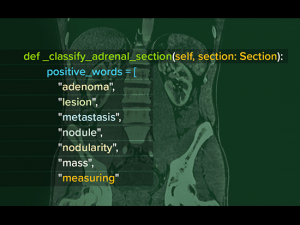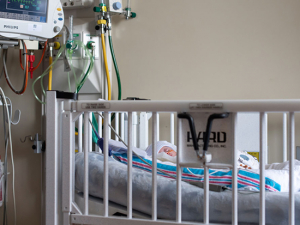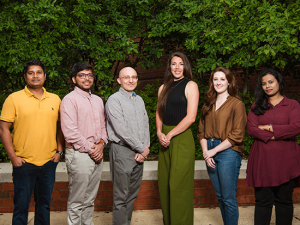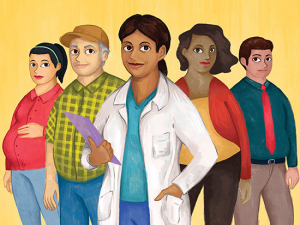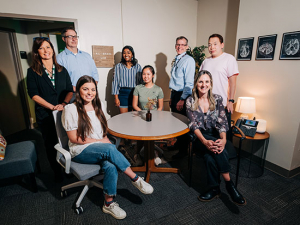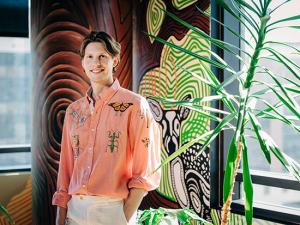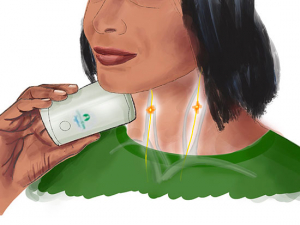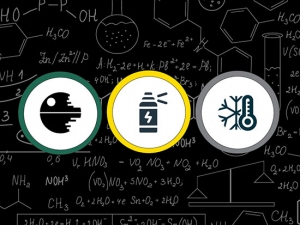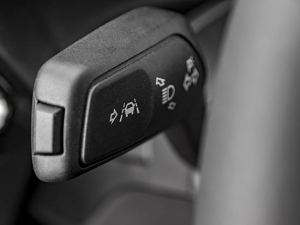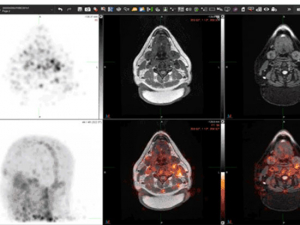In fiscal year 2019, UAB researchers received a record $602 million in grants and contracts, marking a second year of double-digit percentage growth in funding. That productivity has carried on unabated in 2020, and you can follow along. Every Tuesday, Research Administration releases a list of the grants and contracts awarded the previous week (BlazerID required).
In this series, we’re spotlighting new or re-funded projects to offer a window into the groundbreaking, lifesaving work done by our colleagues around campus.
This week, we’re taking a look at a project to reduce traumatic eye injuries using 3D technology.
Project title: Feasibility of the Current 3D Technology for the Selection of Better-Fitting Safety Eyewear
Principal investigator: Jonghwa Oh, Ph.D., assistant professor, Department of Environmental Health Sciences
Funding: One-year, $10,000 pilot grant from UNC Chapel Hill
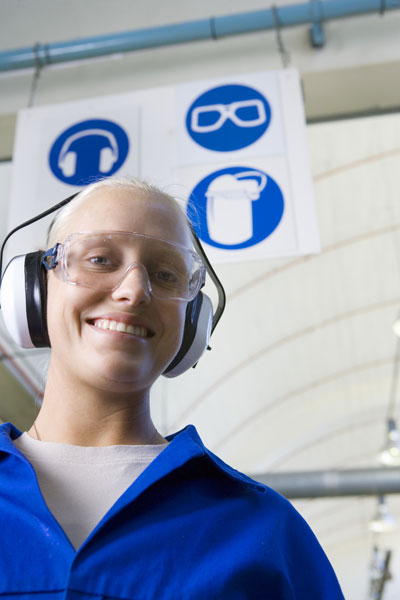 The coronavirus pandemic has introduced the world to the concept of PPE: personal protective equipment. In the face of a fast-spreading virus, PPE has become essential for many medical personnel. But for some workers — those working at chemical factories, for instance — protection is a part of the job at all times. And whether those workers are trying to protect against infectious agents or toxic chemicals, a perfect fit is crucial to safety. Each year, thousands of American workers are blinded in workplace injuries, according to the Occupational Safety and Health Administration, and more than 2,000 workers injure their eyes at work each day, according to the advocacy group Prevent Blindness. Ninety percent of those injuries could have been avoided if the worker was wearing proper safety eyewear, the group noted.
The coronavirus pandemic has introduced the world to the concept of PPE: personal protective equipment. In the face of a fast-spreading virus, PPE has become essential for many medical personnel. But for some workers — those working at chemical factories, for instance — protection is a part of the job at all times. And whether those workers are trying to protect against infectious agents or toxic chemicals, a perfect fit is crucial to safety. Each year, thousands of American workers are blinded in workplace injuries, according to the Occupational Safety and Health Administration, and more than 2,000 workers injure their eyes at work each day, according to the advocacy group Prevent Blindness. Ninety percent of those injuries could have been avoided if the worker was wearing proper safety eyewear, the group noted.
Eye protection has evolved during the years to provide better user fit, said Jonghwa Oh, Ph.D., an assistant professor in the Department of Environmental Health Sciences in the School of Public Health. But the protection level is hard to measure objectively — and the increasing diversity in the U.S. workforce continuously challenges manufacturers to design products that fit all faces. Oh, who also directs the Industrial Hygiene program in UAB’s Deep South Center for Occupational Health and Safety, is working to develop a personalized approach to safety eyewear in order to reduce traumatic eye injuries.
With a new $10,000 pilot award from the University of North Carolina-Chapel Hill, Oh and her graduate students are examining “the feasibility of the use of current 3D technology, 3D scanning apps and 3D scanners to identify better-fitting safety eyewear,” she said. The team is creating 3D headform images using scanning apps already available on Android and iOS smartphones, then matching up these images to a database of safety spectacles currently on the market.
| “The ultimate goal is to develop a fit-matching app to identify better-fitting safety eyewear based on a user’s facial dimensions.” |
“The ultimate goal is to develop a fit-matching app to identify better-fitting safety eyewear based on a user’s facial dimensions — and this pilot study will allow us to verify the current 3D technology for use with the fit-matching app,” Oh said. “For the development of the fit-matching tool, Dr. Claudiu T. Lungu, a professor in the Department of Environmental Health Sciences and director of the Deep South Center, and Corey Shum, director of Immersive Experience Laboratories (IXL), will be collaborating with us.”

